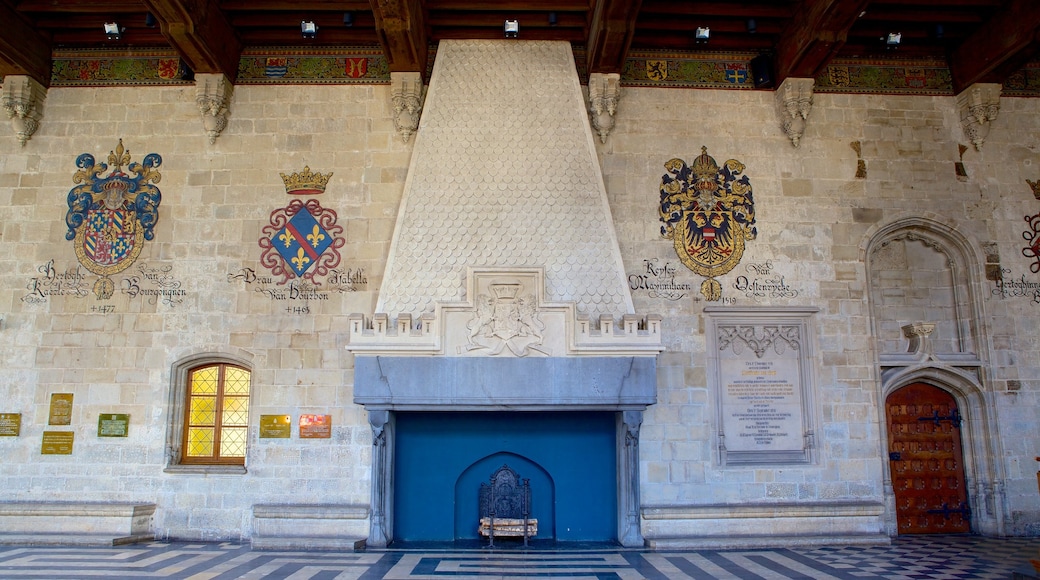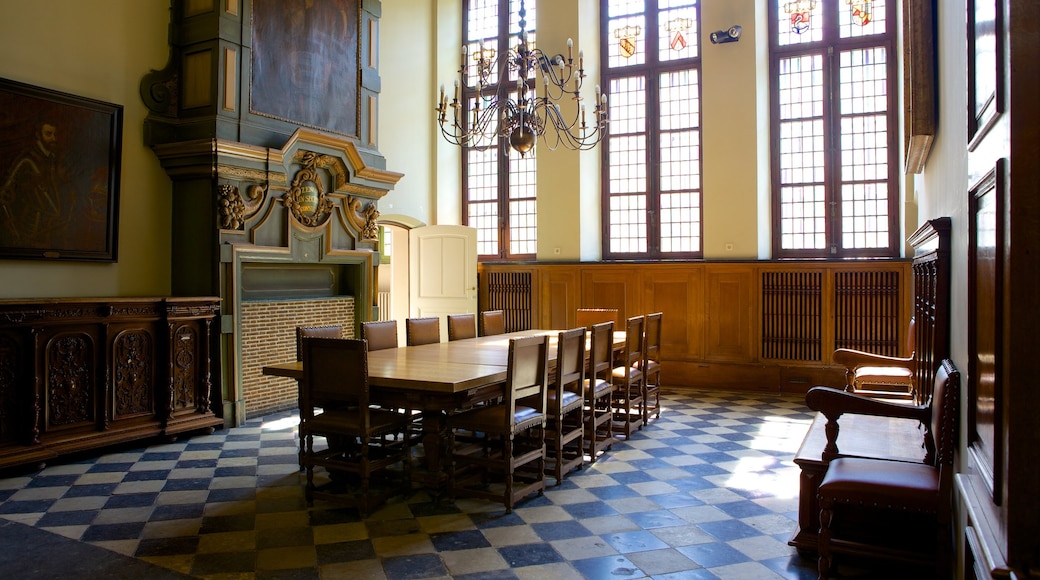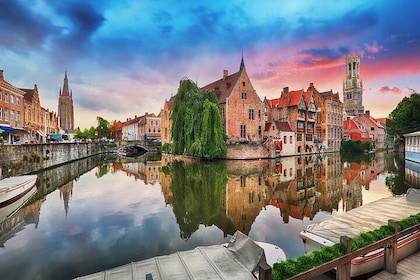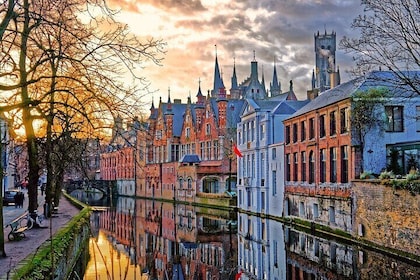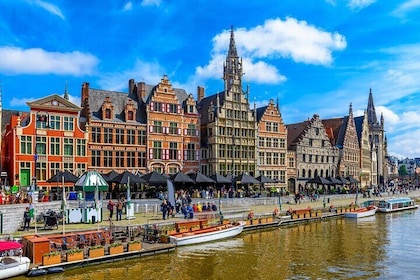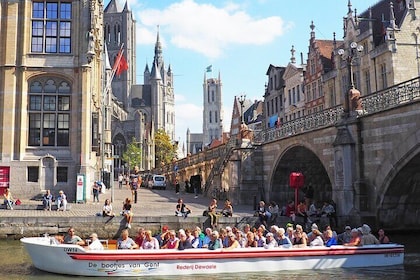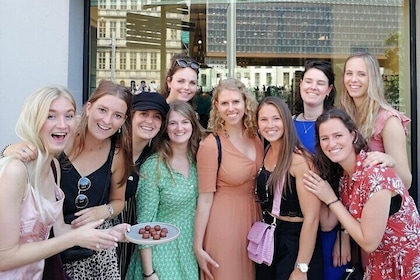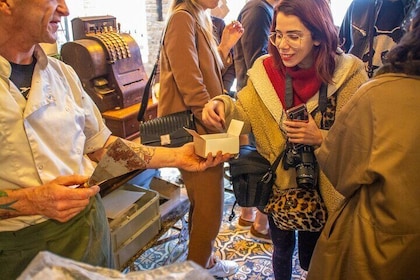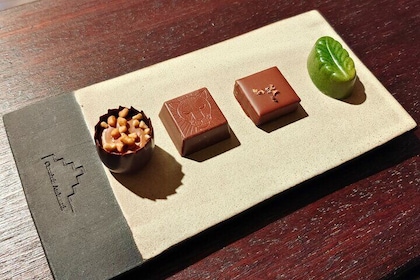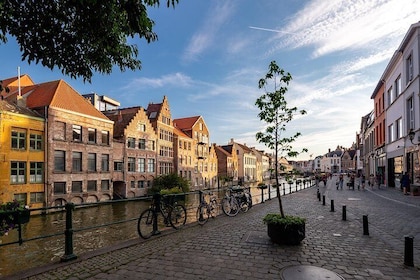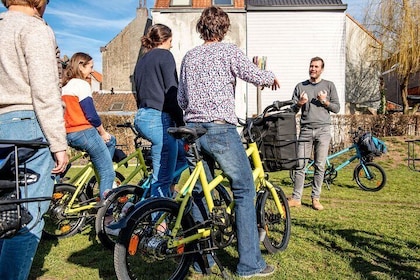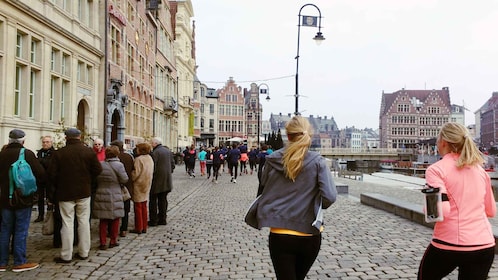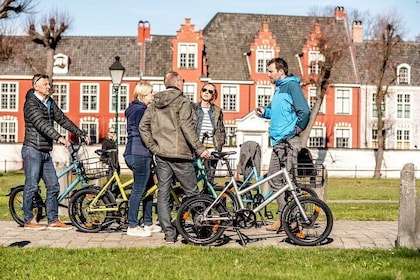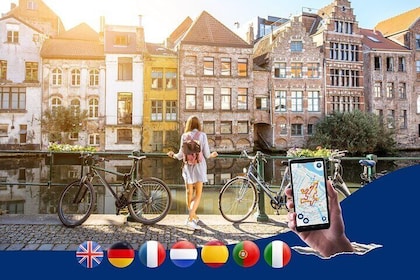See one of the city’s most unusual landmarks, a striking building constructed over thecourse of almost four centuries.
Ghent Town Hall, known locally as Stadhuis, is an interesting mishmash of architectural styles.A witness to more than 400 years of Ghent’s history, the building is a compelling collage of artand architecture, spanning the 15th to the 20th centuries. See the town hall, which continues toserve as an important civic centre today, now housing the offices of city officials.
Construction of the town hall began in 1518, but it was stopped and then resumed again severaltimes before finally being completed in the 18th century. Note the changing architectural stylesof different eras resulting from these staggered periods of construction and the fluctuating cityfinances available over the years.
As you approach the town hall, it may initially look like two separate buildings. Observe thecontrast between its ornate Gothic façade and its more restrained Renaissance-style side. TheGothic side was constructed beginning in the late 15th century, while the other side was builtbeginning in 1635.
Inside, explore the Pacification Hall, one of the building’s most impressive rooms. Admire theeye-catching white-and-black floor tiling, patterned in a labyrinth shape to represent the searchfor justice and happiness. The Pacification of Ghent was famously signed in this room in the late16th century. This treaty, signed by the Northern and Southern Netherlands, helped to end theconflict between Catholics and Protestants.
Don’t miss the beautiful stained-glass windows in the wedding chapel. This chapel is a gorgeousexample of late-Gothic architecture, although its proportions are a little unusual because it wasoriginally planned to be much larger and had to be finished quickly. Visit on a Saturday orSunday and you might catch a glimpse of a bride and groom exiting the building. Weekends are aparticularly popular time for wedding ceremonies to take place here.
Ghent Town Hall is located in the city’s historic downtown area, not far from the belfry. Visit theinterior on a guided tour, which departs daily from the nearby tourist office.
